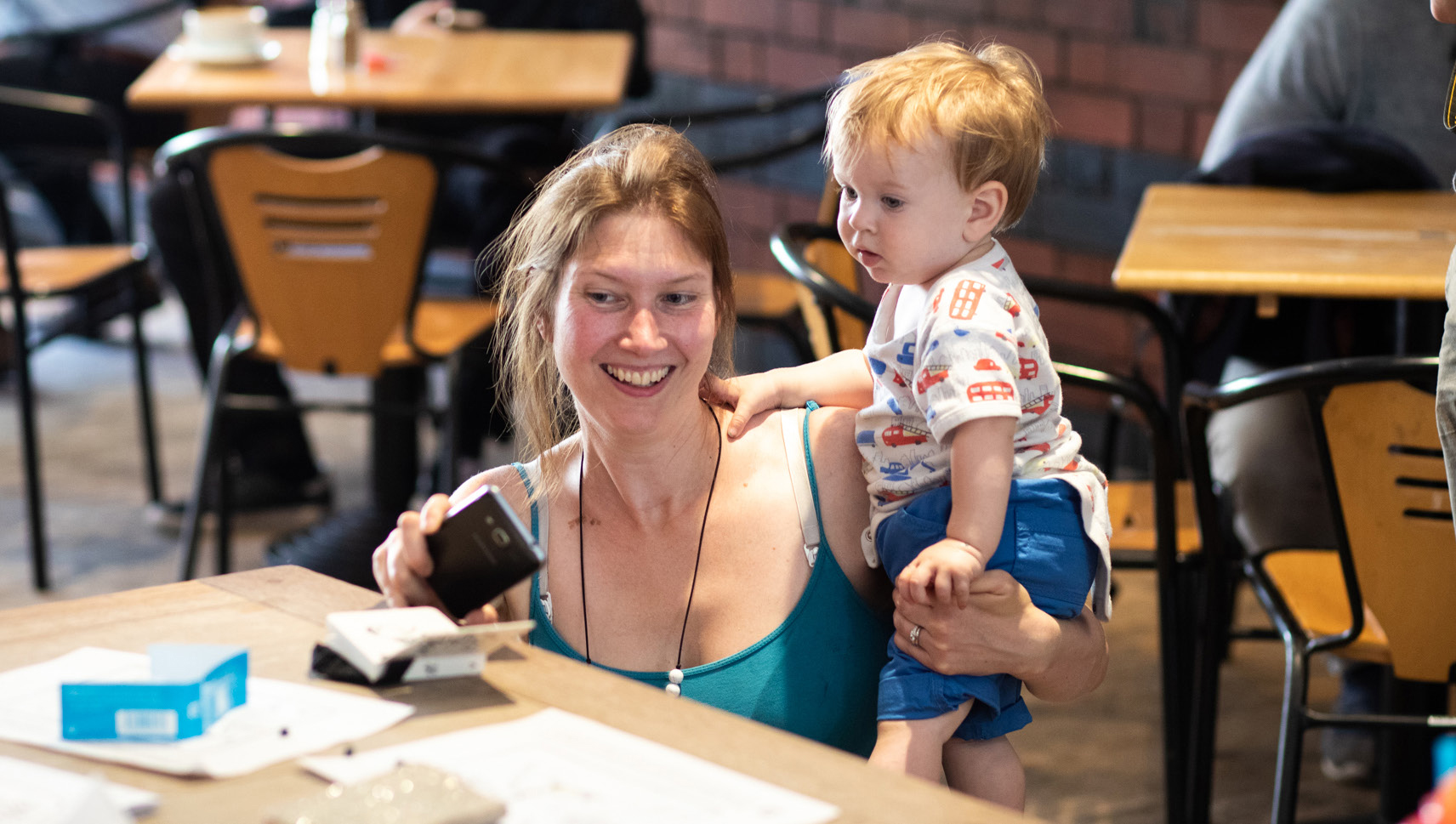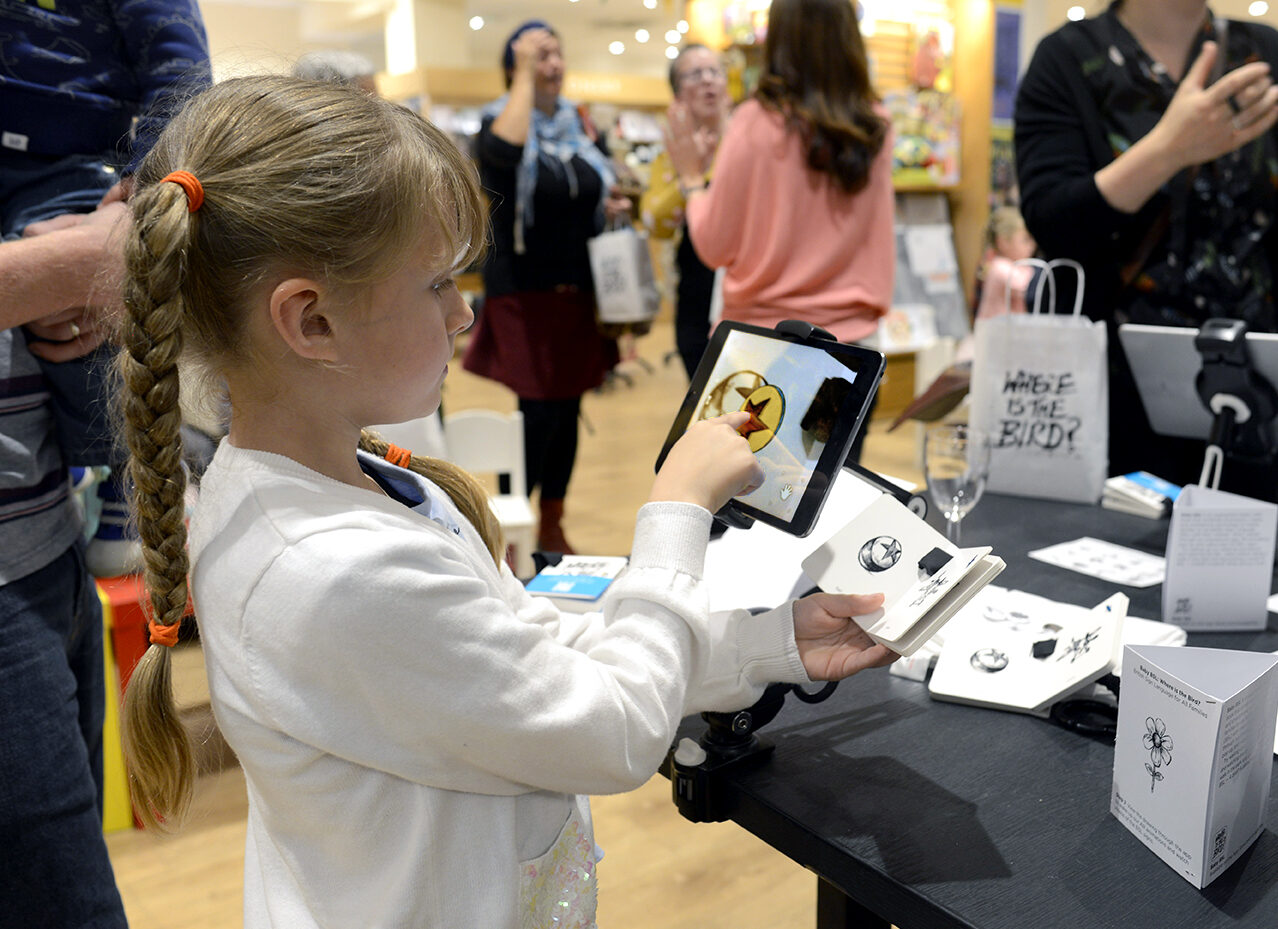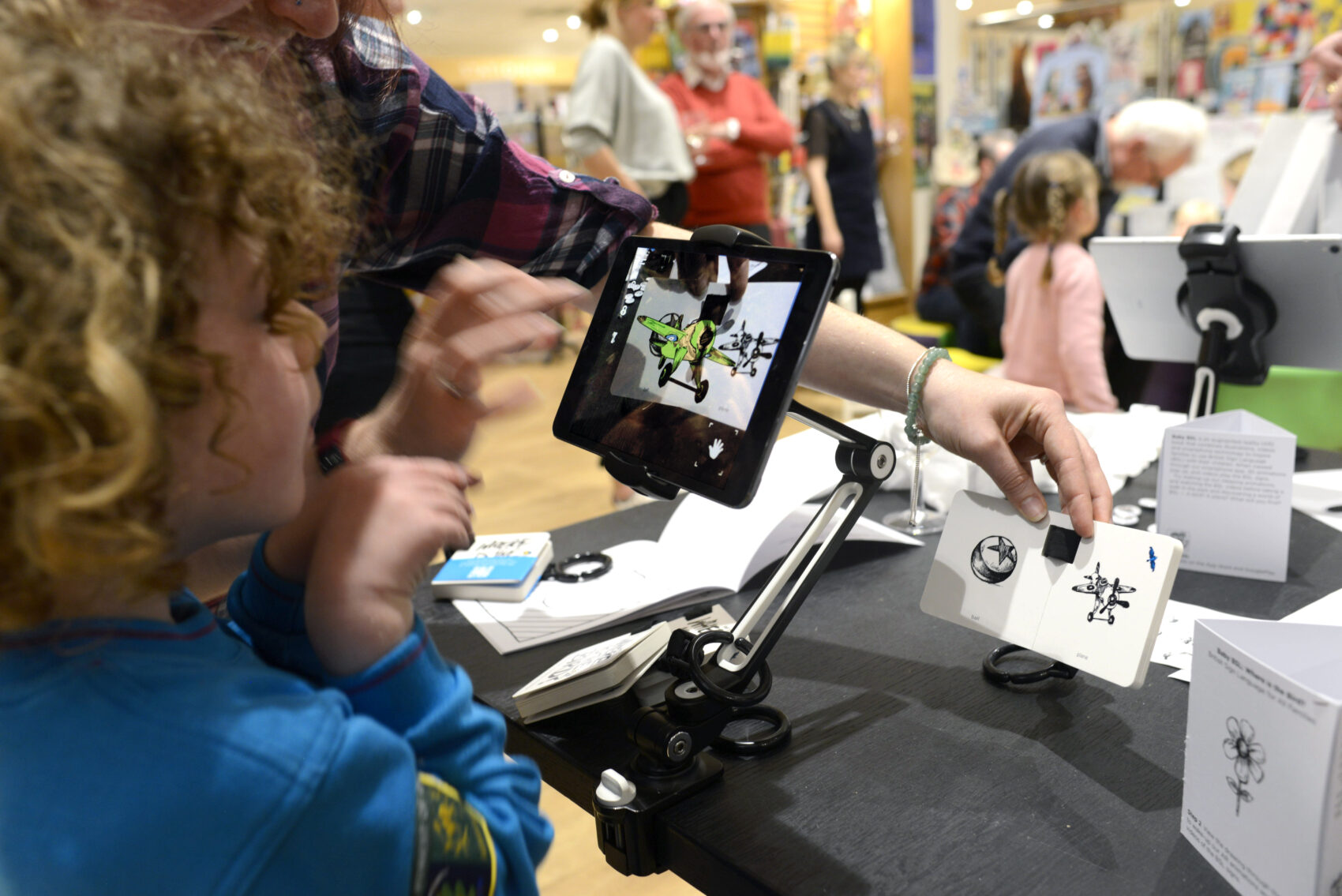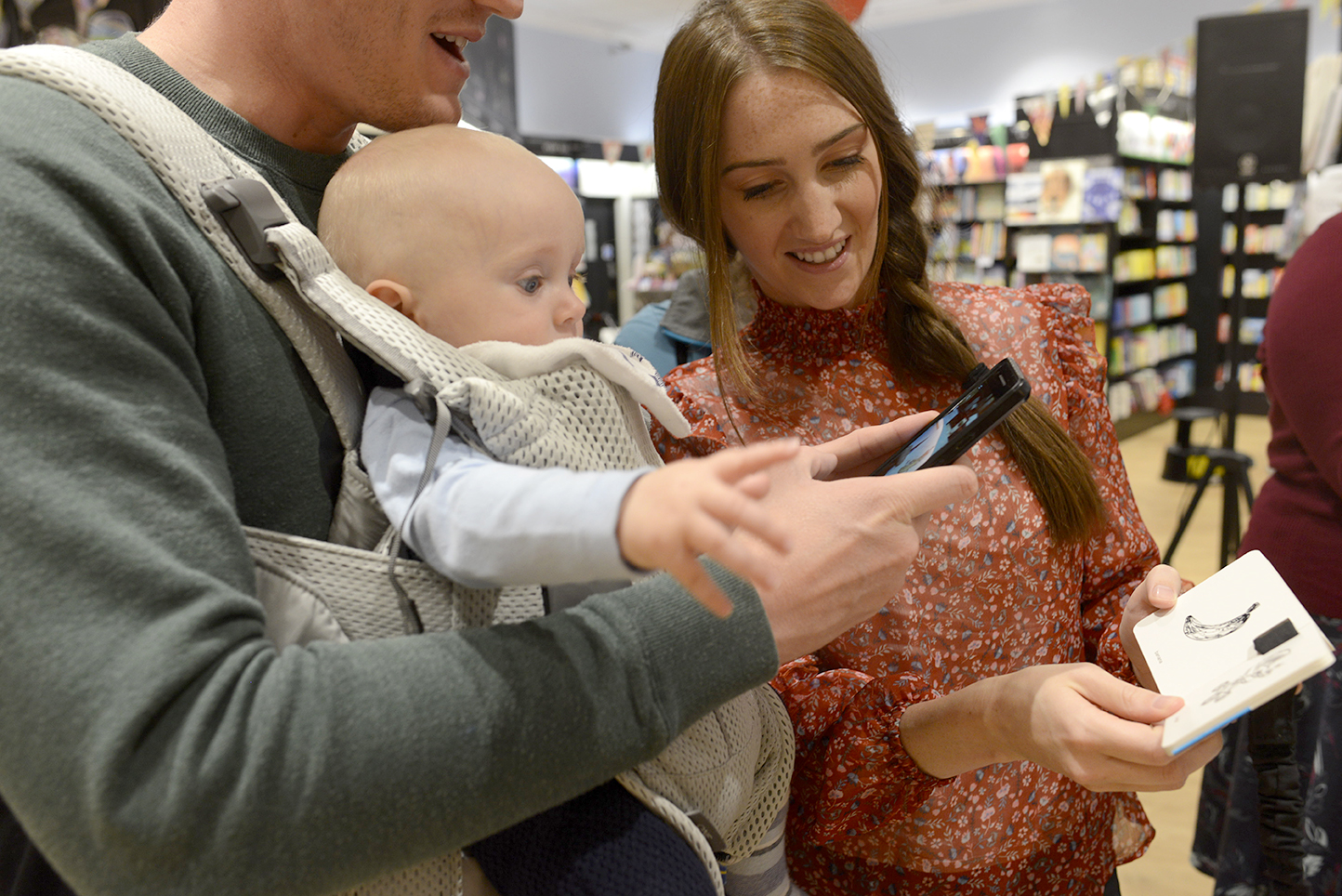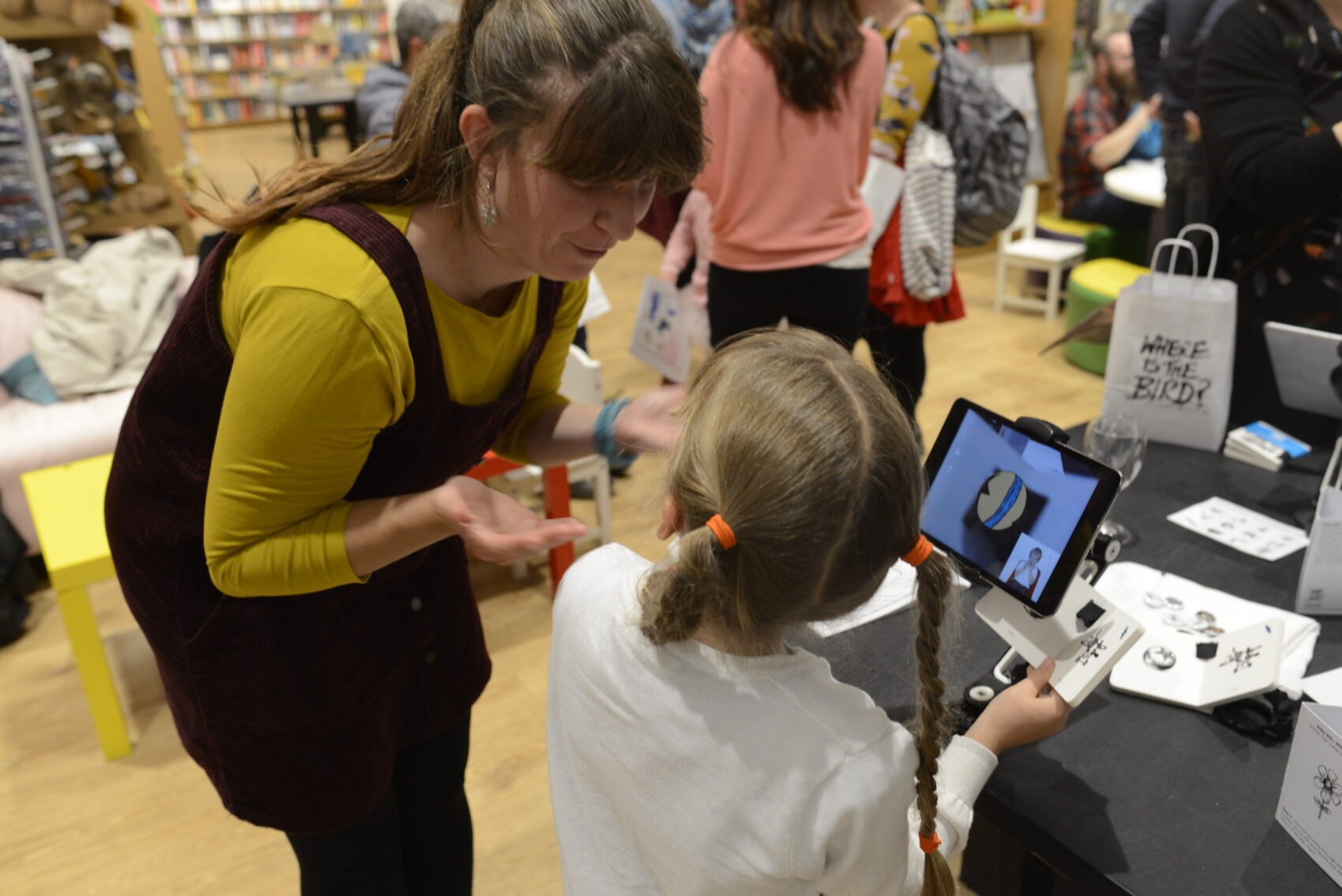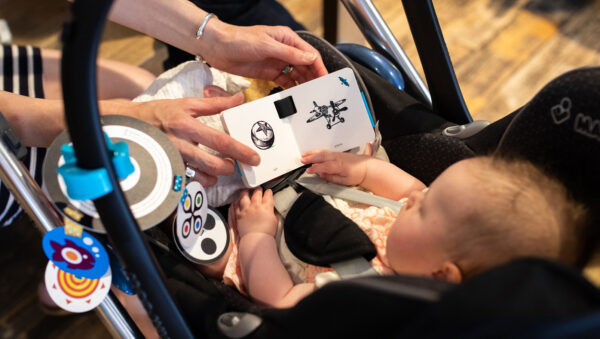Silent Stories
One Tech World Conference
Watch Victoria’s talk for One Tech World, a Virtual Conference for Women in Tech live until 25th May.
Sign languages, inherently dynamic and expressive, pose unique challenges when it comes to representation on the printed page. In this talk, Victoria will explore the limitations of current teaching assets for British Sign Language (BSL) and the need for publishers to embrace creativity in crafting books that capture the richness of sign language.
Discover how augmented reality (AR) technology is revolutionizing the reading experience for deaf children, making storytelling dynamic and engaging. Learn about the potential of sign language translations of children’s books and the role of awareness-building initiatives in driving change.
Led by VIKA and showcasing “Where is the Bird?’ the first AR book to inspire the use of sign language in deaf and hearing families, this talk promises to be enlightening and inspiring.
Scroll to read the script.
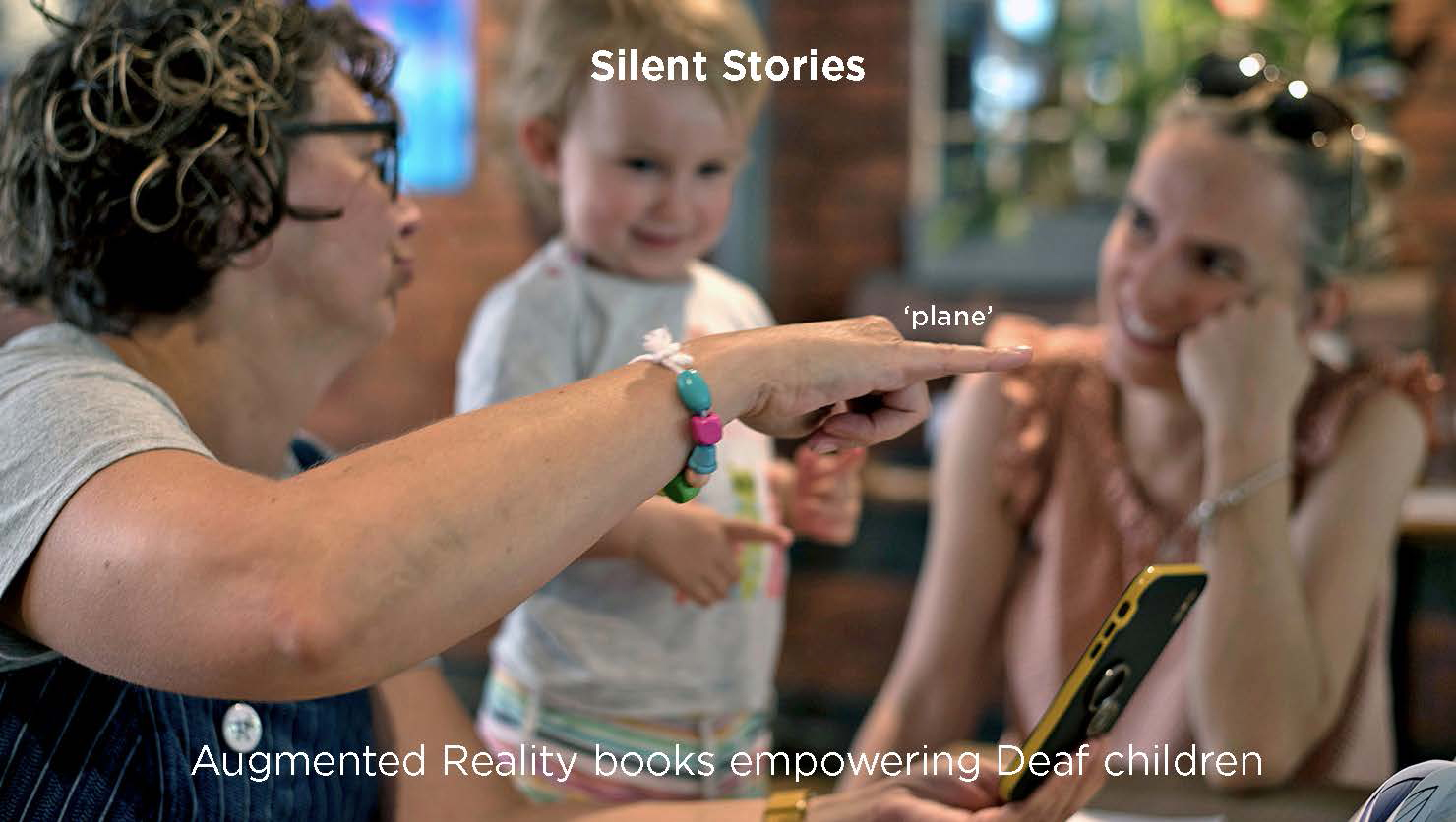
Welcome to Silent Stories: Augmented Reality Books Empowering Deaf Children. I’m Victoria Forrest, the director of VIKA Books, creators of extraordinary books.
Today, I’m excited to delve into the beauty and advantages of sign language for both Deaf and hearing families. And introduce you to how, through VIKA Books, I have been using creative technologies to address a pressing problem in publishing.
In this talk, I’m excited to showcase, “Where is the Bird?”, and introducing you to how immersive technologies in celebrating sign languages.
I’ll demonstrate how Augmented Reality offers a groundbreaking solution to the challenges of representing sign languages in traditional print media.
By integrating Extended Reality animations and videos into educational materials, such as books, sign languages immediately become more accessible.
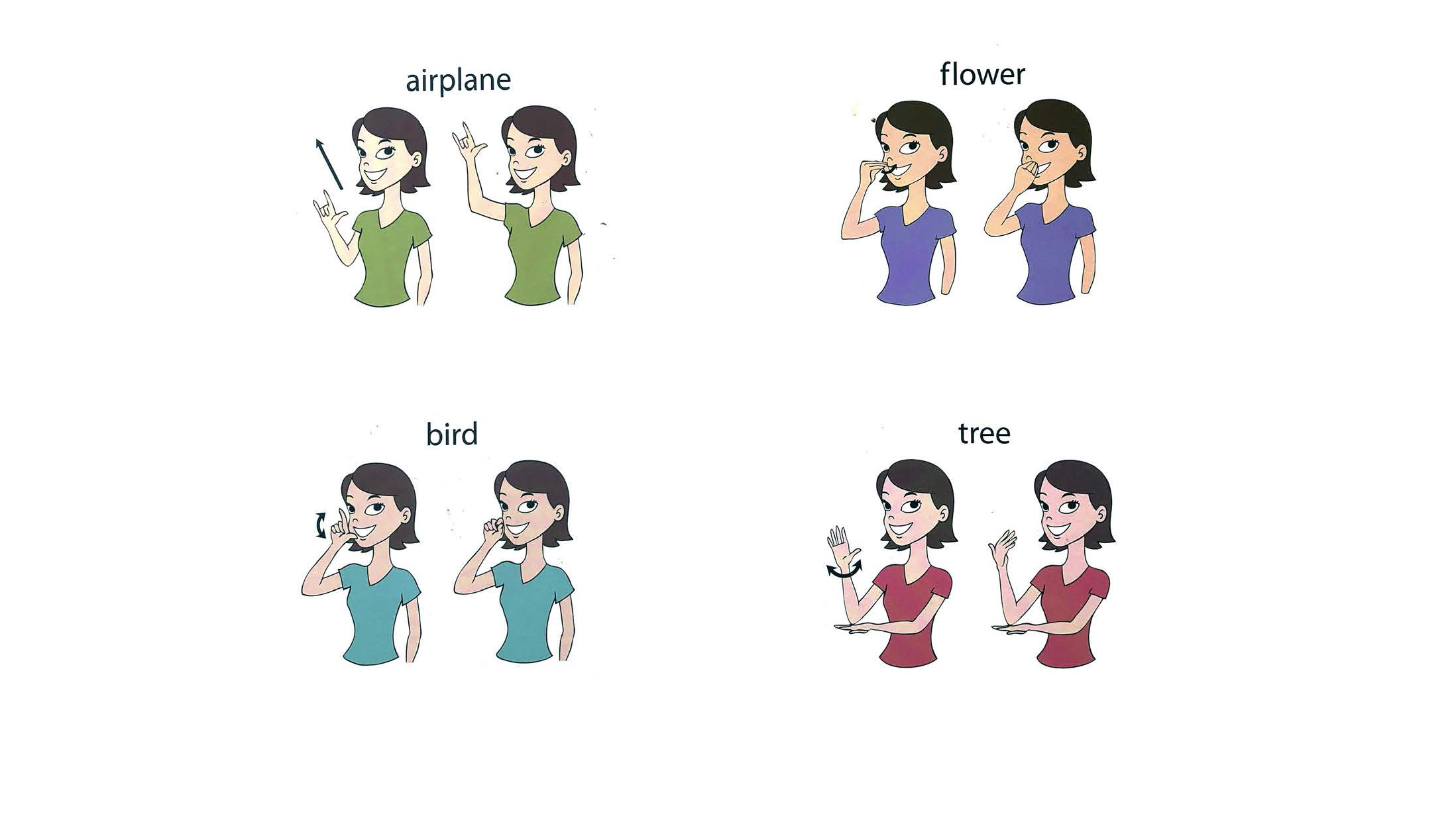
Introduction to Sign Languages
Publishers tend to think that books are able to be translated into all languages, but that’s not the case. They’re only able to be translated into all spoken languages. This overlooks sign languages entirely, with significant repercussions on literacy and inclusion for those who rely on it.
In this image, on the top left, you can see the sign for plane. It shows three fingers of a hand extended into a plane shape, and then an arrow to show its movement.
If this much space is needed just to indicate four simple words, you can begin to imagine the challenge of printing sign languages. In reality, sign languages can’t be printed.
Other misconceptions include thinking they’re linear languages, when they are three dimensional, or that there’s only one, when in reality, there are hundreds worldwide, each with its own cultural and linguistic differences.
Recognizing this diversity is the first step in understanding the richness of sign language culture. This page displays four signs in American Sign Language. Remember the sign for plane uses three fingers, whilst in this picture, you can see a different sign for “plane”, using two fingers. This is British Sign Language.
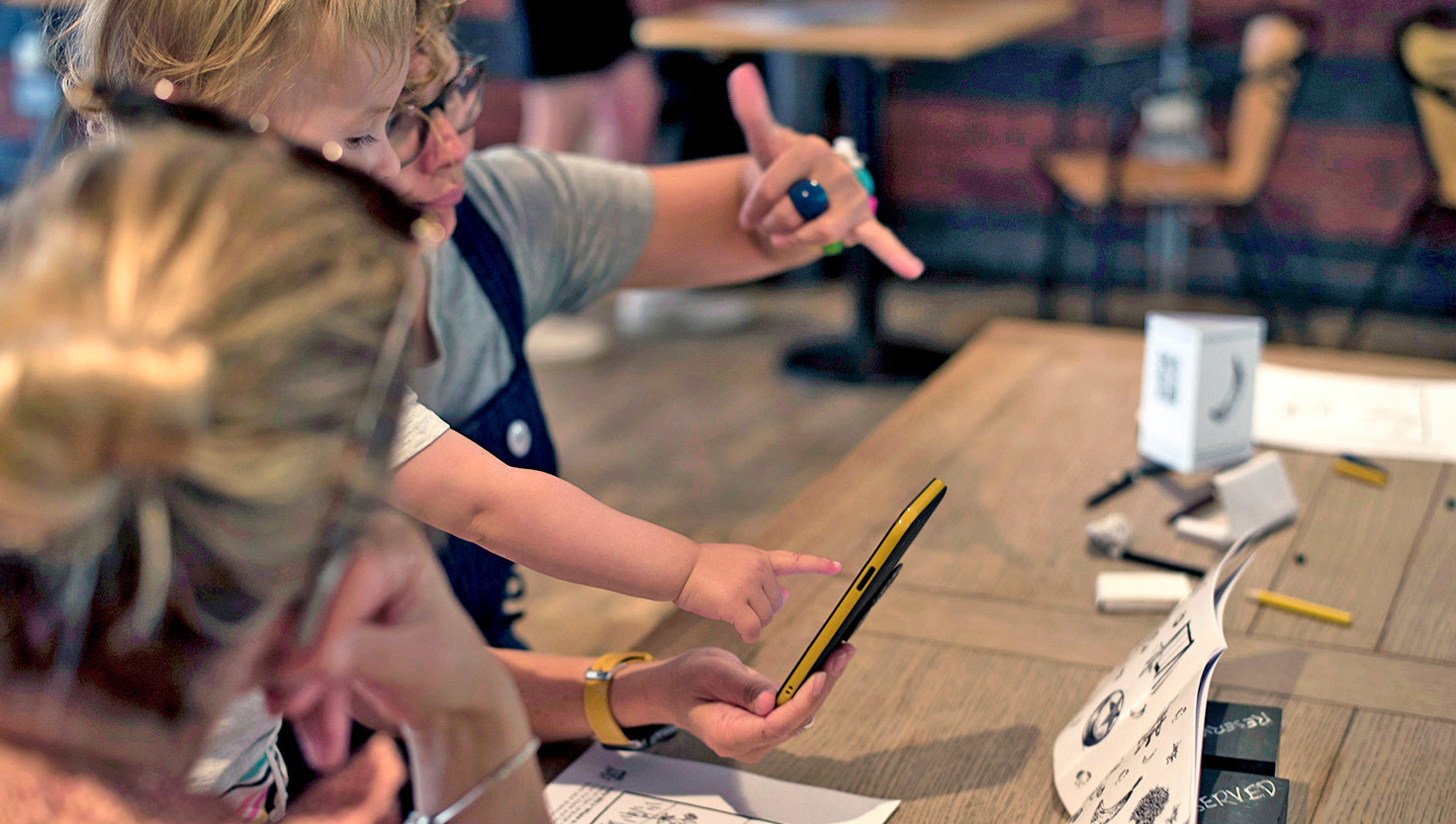
British Sign Language
British Sign Language, or BSL, not only has different words. It also has its own grammar and structure. But despite the recent introduction of the BSL Act , BSL hasn’t received anywhere near enough attention in mainstream publishing.
Deaf children and their families don’t have enough books and resources to learn sign language easily. When we consider that 90% of deaf children are born to hearing parents, we can perhaps understand how important it is to change current perceptions and create more inclusive materials for, and greater awareness of, British Sign Language in everyday culture. This profound lack of awareness within the hearing community is the reason ‘Where is the Bird? exists.
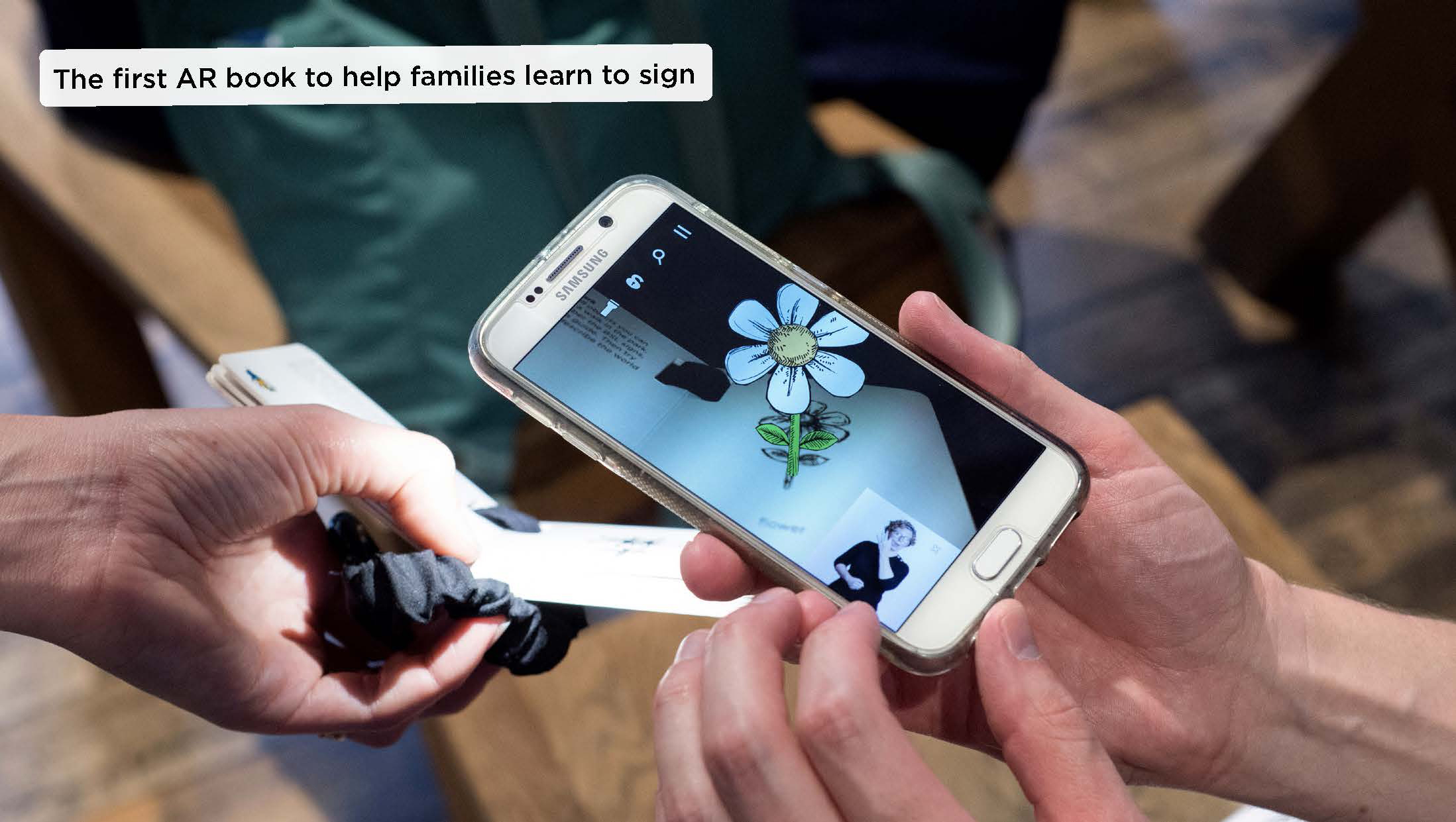
My personal journey trying to learn sign language with my hearing son before he could talk, taught me a a hugely valuable lesson about its intricacies and nuances.
Quite simply, I assumed that British Sign Language and American Sign Language were as similar as they are in English. After spending a year learning signs with my son at home, I proudly went back to work and starting to show-off my new skills to members of the Deaf community. I was dismayed to realise that I had learned all the wrong signs.
It felt like such a missed opportunity. My son and I had benefited so much from signing together. But there were so few teaching assets, and none of them had the videos that I found so helpful.
The Magic of Augmented Reality
And so I created “Where Is The Bird?”— the first augmented reality book to inspire the use of British Sign Language in ALL families.
This innovative little book is designed to be portable, allowing hearing families to immerse themselves in sign language anytime, anywhere, at a time when learning sign language benefits them because it helps them communicate with a pre-verbal hearing child.
If all hearing parents in the UK knew the 20 signs in this little book, then the integration between deaf and hearing communities would be one enormous step forward from where it is today.
We need to make sure everyone, no matter if they can hear or not, can get good books.
Augmented Reality is magic for making sign language come alive in books. It helps deaf children and their families engage more with stories. If Deaf children can’t access sign language resources, then it makes sense that they struggle learning to read. AR-enabled books can change that by making reading more fun and accessible.
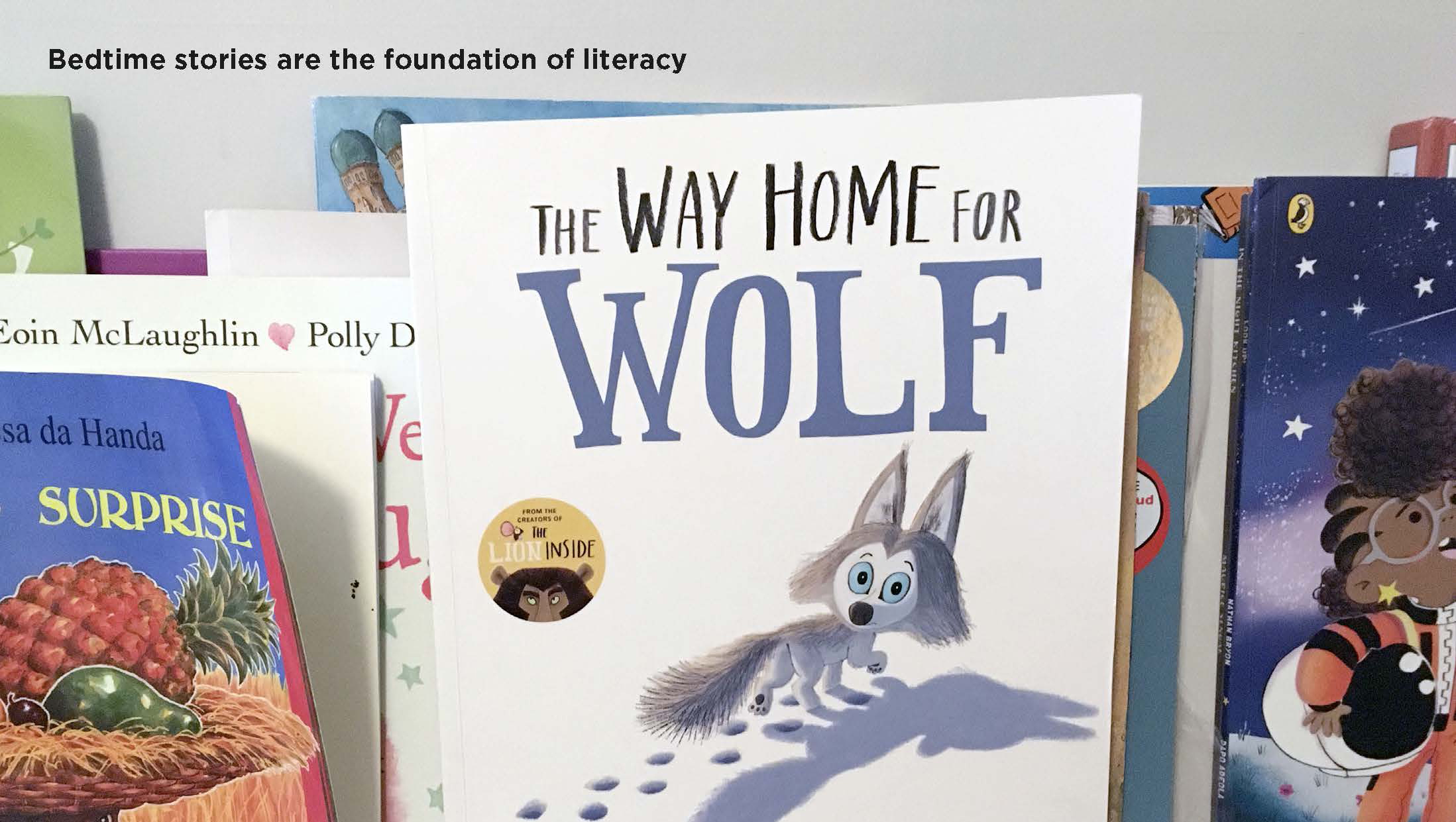
Impact of Bedtime Reading for hearing Children
Bedtime reading is not just a cozy routine. It’s the cornerstone of literacy for hearing children. Parents and caregivers read the words aloud, help infants associate sounds with letters and words. Parents point to the letters, teaching their children about the alphabet and how words are formed. Sometimes, if the children are lucky, parents might even add different accents, characters, voices, and drama to their storytelling—to make the words come alive. This is not just entertaining. It educates by laying a strong foundation for associating playfulness and joy with language development and literacy.
Books for Deaf children
Current printed books just don’t accommodate the linguistic needs of Deaf children for whom books can be dull and lifeless objects. There’s little incentive or understanding of why it might be important to learn what the strange little symbols on the page might mean.
By recognising the importance of sign language translations and inclusive publishing, we can start to ensure that every child, regardless of hearing ability, has the opportunity to experience the joy of bedtime reading.
New approaches
Innovative solutions, such as AR-enabled books, with pictures that move, or sign language translation, hold the potential to surprise and delight children, opening the door to Deaf children becoming more confident readers and learners, and increase their confidence in main-stream schools.
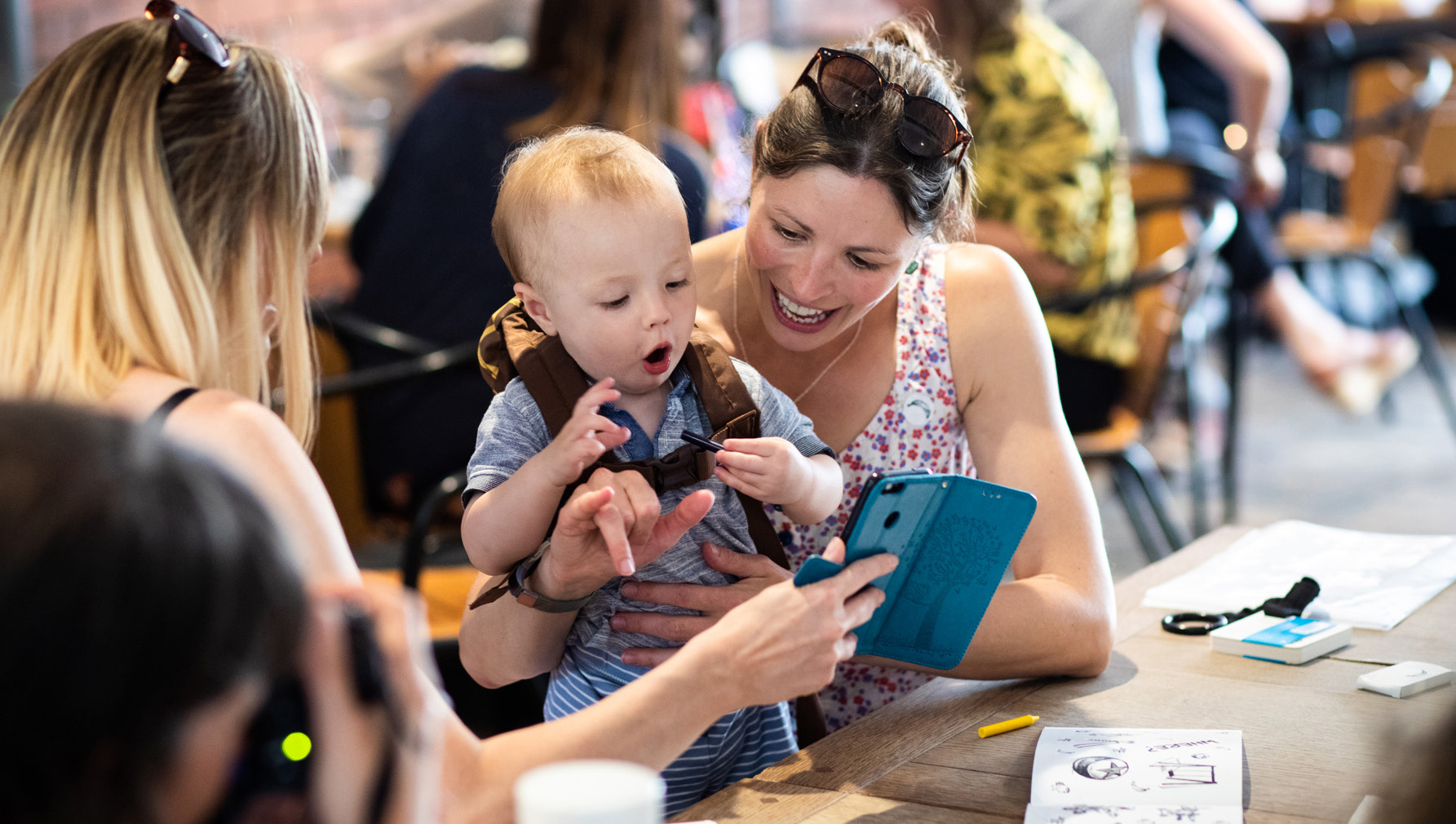
Power of Sign Language During the “Terrible Twos”
Any hearing parent will recognise the name “The Terrible Twos” a right of passage when pre-verbal children are trying to express themselves. Their ability to think far exceeds their ability to speak, resulting in frustration and tantrums.
Sign language can be a life-line. Children can express what they need and how they feel before they can talk. My son was able to form around 40 signs by time he was 1 year old. To put this in perspective, the book ‘Sam I Am’ by Dr Seuss uses 50 words.

Early introduction
The earlier parents teach sign language to their children the better. It has the power to improve communication, and makes the bond between parent and child even stronger. Sign language can really help children learn to talk and calmly communicate through these important early stages of language learning. I have yet to find a Deaf mother who knows what ‘The Terrible Twos’ are.
Augmented Reality (AR) Technology Revolutionizing Reading
Augmented Reality tech in its most powerful form has the potential to profoundly impact how Deaf children learn to read. By making interactive stories, like “Where is the Bird?” Augmented Reality brings the pages of a book to life, animating static pages with videos and animations, delighting Deaf and hearing children.
In every instance we have shown this book to children, the AR has increased the child’s fascination with the book, not the phone. The memory of the magical animations is associated with the printed page which encourages children to return to the book and read it again. I’ll say it again, Augmented Reality increases a child’s fascination with a book, not the phone.
The Importance of Immersive Learning
Where is the Bird can also be more than just a book. The AR works with colouring sheets, toys, fabrics, even pictures. It’s a great example of technology making learning more fun.
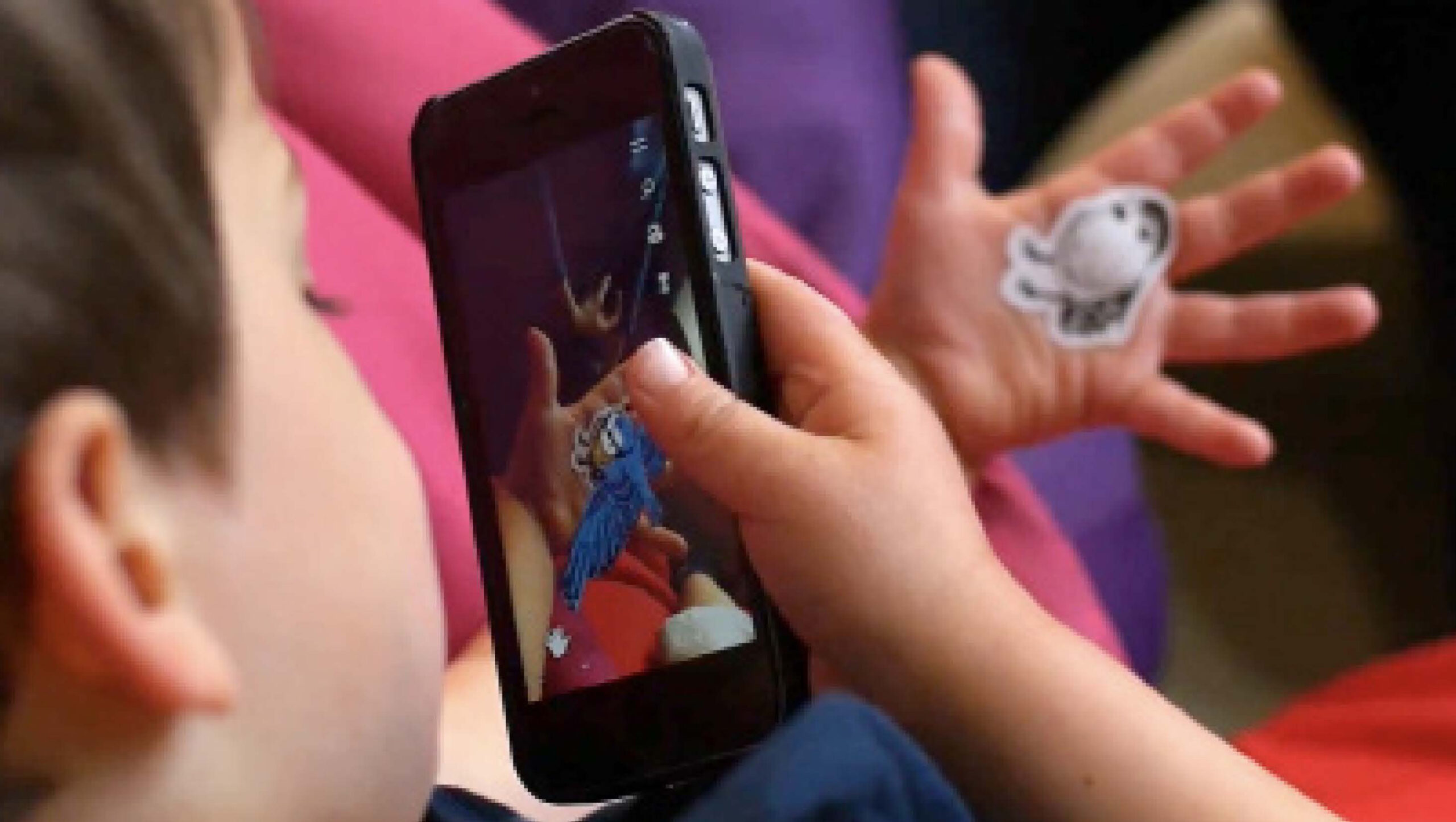
Inspiring Sign Language Learning
With playful interactive books and products featuring sign language, we can engage parents, teachers, and children in learning together, making learning more enjoyable and accessible. It’s time for publishers to innovate and create books that appeal to all children, deaf or hearing, and embrace the idea that sign languages awareness benefits us all.
The Future
British Sign Language (BSL) moves closer to being part of the British curriculum, with a GCSE on the way, there’s new hope for better inclusion and accessibility for this legally recognised British dialect. As people become more aware and supportive of sign languages, we can expect to see a variety of children’s books available that meet the needs of sign language learners, be they Deaf or hearing.
This is our chance to promote inclusive publishing and ensure that every child can benefit from the power of storytelling.
Thank you so much for listening! For more information, or to buy the book, [please visit the VIKA website at www.VIKAbooks.com or follow us on social @vikabooks.
